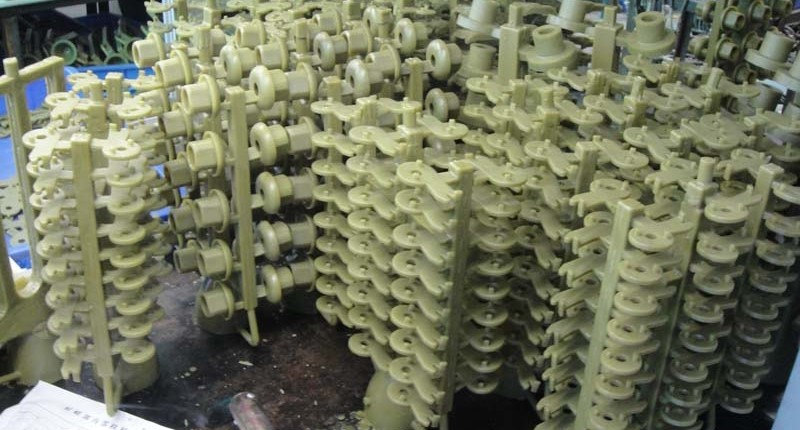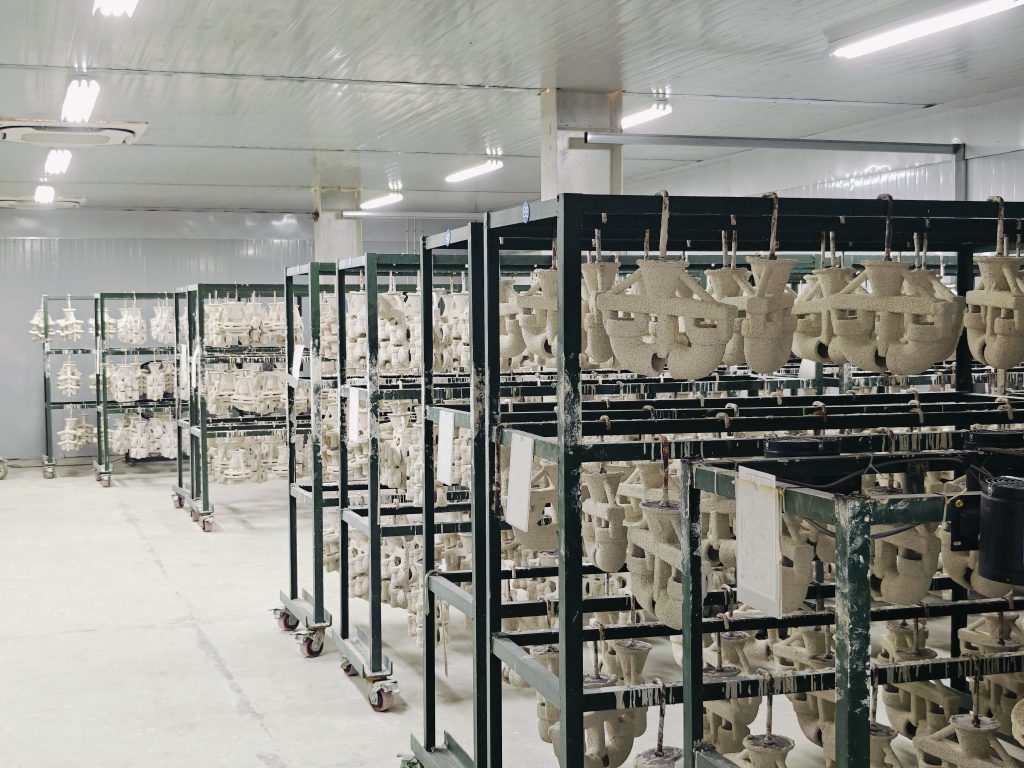Comparison of Stainless Steel and Aluminum in Investment Casting
As a precision casting process, investment casting occupies an important position in industrial production. Stainless steel and aluminum, as two commonly used metal materials, show different characteristics in investment casting. This article will compare and analyze the performance of stainless steel and aluminum in investment casting from the aspects of material properties, casting properties, and application fields.
Table of Contents
- 1. Comparison of material properties
- 2. Comparison of casting processes
- 3. Comparison of application fields
- 4. Conclusion
1. Comparison of material properties
Stainless steel has excellent corrosion resistance, high strength and good wear resistance, and can maintain stable mechanical properties even in harsh environments. The chromium element in its alloy composition forms a dense oxide film, which effectively prevents further oxidation. In contrast, aluminum has the characteristics of low density, good thermal conductivity and electrical conductivity, and corrosion resistance, but its strength and hardness are relatively low.
In investment casting, stainless steel has a high melting point (1400-1450℃), requiring a high pouring temperature, while aluminum has a low melting point (660℃), and the casting temperature is relatively easy to control. Stainless steel has a large solidification shrinkage rate (about 2.5%), which is prone to shrinkage defects, while aluminum has a small solidification shrinkage rate (about 1.3%) and good dimensional stability of castings.
2. Comparison of casting processes
Stainless steel investment casting requires high-temperature shell materials, usually with silica sol or ethyl silicate as a binder. The shell needs to be roasted at high temperature (above 1000℃) to remove residues, and the design of the pouring system needs to consider shrinkage compensation, and usually a larger riser is set. Aluminum investment casting can use low-temperature shell materials, the shell roasting temperature is low (500-600℃), and the pouring system design is relatively simple.
In terms of casting defect control, stainless steel is prone to defects such as thermal cracking and shrinkage, and the pouring temperature and cooling rate need to be strictly controlled. Aluminum casting mainly needs to prevent problems such as oxidation slag inclusions and shrinkage cavities, which can be improved by adding refining agents and optimizing the pouring process.
3. Comparison of application fields
Stainless steel investment castings are widely used in chemical equipment, medical equipment, food machinery and other fields. Typical products include pump valve housings, surgical instruments, food processing parts, etc.; aluminum investment castings are mostly used in aerospace, automobile manufacturing, electronic communications and other fields. Typical products include engine parts, communication equipment housings, automotive parts, etc.
From the perspective of cost performance, stainless steel investment casting equipment requires large investment and high energy consumption, but the product has high added value; aluminum investment casting equipment requires relatively small investment and low energy consumption, which is suitable for mass production. With technological advances, the investment casting process of both materials is developing towards precision and automation.
Nbcastings has a rich history of precision casting and has produced various grades of stainless steel, such as 304, 316, 17-4 ph, 2205 double layer, etc. Our skilled team uses advanced technology to produce castings with complex geometries and excellent surface finish to meet the most stringent industry standards. Nbcastings’ engineers work closely with customers from the initial design stage to final production to ensure that each cast component is optimized for its intended use.
At the same time, Nbcastings also focuses on aluminum investment casting, providing unparalleled expertise and capabilities. Using advanced technology and rich experience, Nbcastings produces aluminum parts that meet or even exceed strict industry specifications.
Conclusion
Stainless steel and aluminum each have their own advantages in investment casting. When choosing, factors such as product performance requirements and production costs should be considered. In the future, with the development of new materials and new processes, the application of these two materials in investment casting will be more extensive, providing more possibilities for the development of the manufacturing industry. If you are interested in this, please contact us immediately. I hope that the guide in this article can help you make a wise choice in a complex market environment and add a guarantee to your business.



